Part Analysis
| General Data | |
| Manufacturer (OEM) | FSP |
| PCB Type | Double-Sided |
| Primary Side | |
| Transient Filter | 4x Y caps, 2x X caps, 2x CM chokes, 1x MOV |
| Inrush Protection | 1x NTC Thermistor SCK-056 (5 Ohm) & Relay |
| Bridge Rectifier(s) |
2x GBU2508 (600V, 25A @ 100°C)
|
| APFC MOSFETs |
2x GP36S60YERD
|
| APFC Boost Diode |
1x Toshiba TRS8E65F (650V, 8A, @ 175°C)
|
| Bulk Cap(s) |
1x Nippon Chemi-con (450V, 680uF, 3,000h @ 105°C, KHS)
|
| Main Switchers |
2x Toshiba TK25A60X5 (600V, 25A, @ 150°C, Rds(on): 0.14Ohm)
|
| APFC Controller | Champion CM6500UNX |
| Resonant Controller | Champion CU6901VPA |
| Topology |
Primary side: APFC, Half-Bridge & LLC converter
Secondary side: Synchronous Rectification & DC-DC converters |
| Secondary Side | |
| +12V MOSFETs | 6x Toshiba TPH1R204PL (40V, 150A @ 25°C, Rds(on): 1.24mOhm) |
| 5V & 3.3V | DC-DC Converters: 4x XSEMI XP3R303GMT-L (30V, 25A @ 70°C, Rds(on): 3.3mOhm) PWM Controller(s): UPI uP3861P |
| Filtering Capacitors | Electrolytic: 4x Nippon Chemi-Con (105°C, W) 2x Nippon Chemi-Con (1-5,000h @ 105°C, KZE), 2x Nippon Chemi-Con (5-6,000h @ 105°C, ZKH) Polymer: 4x Nippon Chemi-Con, 2x Apaq, 26x |
| Supervisor IC | IN1T703I-SDG |
| Fan Model | Yate Loon D12SH-12 (120mm, 12V, 0.30A, Rifle Bearing Fan) |
| 5VSB Circuit | |
| TVS Diode | 1x SMAJ58AC |
| High Side Rectifier | US1MGR (1000V, 1A) |
| Standby PWM Controller | Grenery GR9230UK |
The design looks clean and neat, with several electrolytic caps on the secondary side, which have unobstructed airflow. The heat sinks are not large, especially on the secondary side, where the 12V FETs are on the PCB’s solder side. The soldering quality is not the best I have seen by FSP, but it is good enough not to affect performance. The parts that FSP used are of high quality except for the fan, which is terrible. I am not fond of Yate Loon products. It might state that it uses a hydraulic bearing, which usually is of higher quality than a fluid dynamic bearing, but I don’t trust the paper specs on this fan. It would be much better if FSP used another, higher-quality part here.
The unit’s design is contemporary, with a half-bridge topology on the primary side and an LLC resonant converter for lossless switching. Six Toshiba FETs handle the 12V rail on the secondary side, and a pair of PWM controllers generate the minor rails. Instead of an ANPEC PWM controller on the VRMs, we find one from UPI.


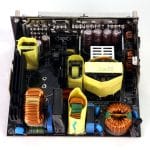
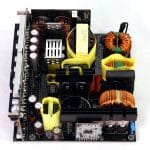
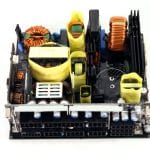
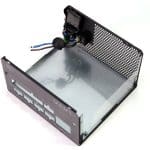
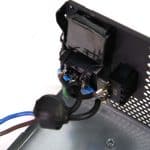


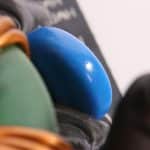

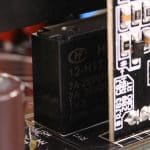


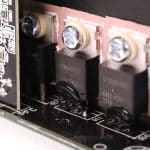
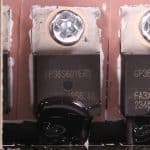
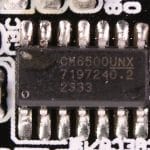

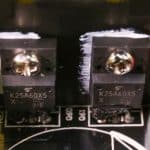
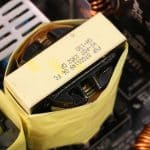
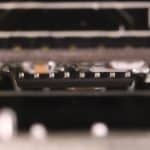
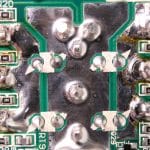
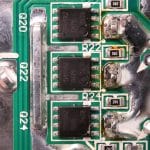
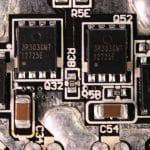
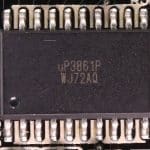
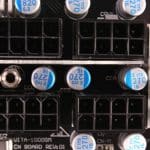
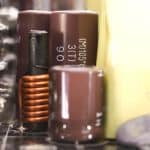

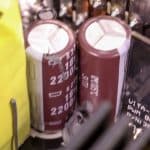
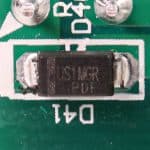
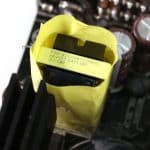
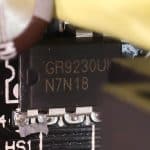
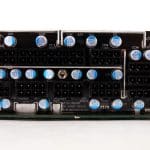



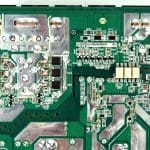

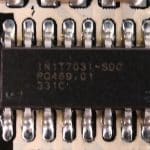
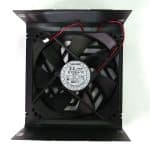
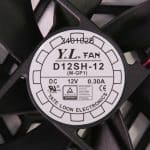

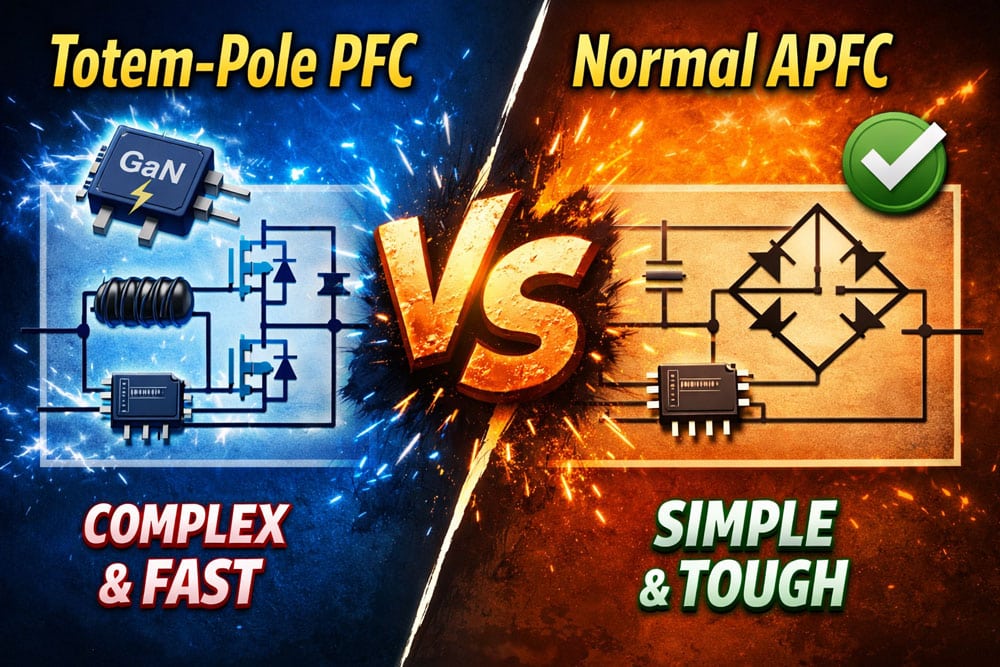
I saw you mentioned that the two 6+2 PCIE cables are 16-18AWG. Do you think it’s fine to use for something that requires three 8-pin PCIE connectors (with two using the pigtail connectors)? I have a Gigabyte RX 9070 XT Gaming OC on the way and I expect it’ll be drawing around 330-350W in typical usage (I saw ~500 W peak load from a review though in the power management section: https://www.notebookcheck.net/Amazing-value-for-money-The-AMD-Radeon-RX-9070-XT-and-RX-9070-take-on-the-overpriced-GeForce-RTX-5000-graphics-cards.973023.0.html#c12891149). With 75W from the PCIE-Express and 150W per cable, will this be enough?
problem is that modern cards underutilize the PCIe slot. For example RTX 5000 draw 5-6W from it only! In total.
For the new AMD GPUs the 3d PCIe is most likely underutilized but I will know more once I test them, sorry.
Hi, thanks for your response. I’ll probably just try it out when it arrives then, and consider getting a new one if I see issues.
I remember seeing somewhere online that for modular 8-pin cables with a pigtail (especially well rates PSUs), each one of the connectors should carry the minimum 150 W. I couldn’t track down a source for this, do you know if this is the case?
Thanks.
Hi! I’m right before PSU purchase and i went into a dillema. I can buy for the same price this FSP VIVO GM or Thermaltake Toughpower GF3. Both 1000W of course. Which do you think will be better pick?
VITA GM* i meant. Sorry for the mistype.
I would probably take the Vita, because GF3 changed OEM.
hello, i got this psu for $105 it is good deal?
Hi, yes!
Hello again, my psu just arrived but my GM get yellow font instead blue, TK capacitor. So I got new revision?
Probably. They make some changes between production batches.
How does poor fan quality affect product performance if it does not generate noise or vibration?
reliability but cheap fans are also unbalanced, so they contribute to increased noise, too.
In this review it’s stated that it’s a good psu if you get it below msrp. I would be able to get the 1000w unit for just around 100€. Is there anything better in this price class or should just get it?
It is a good deal at 100 euros
hello 🙂
in the description is stated it is a “Platinum certified” PSU, but in the image and the official website you can only see “Gold certification” 🤔
FSP chose to downgrade them to Gold, from their own reasons. The official rating is Platinum
What exactly means “terrible” fan? Is it about the noice it produces or about it’s overall reliability and term of service?
build quality
Hey, thank you very much for your informative and professional reviews. I’ve found a lot of useful information on this site, and it’s clear that you know what you’re doing. I’m currently using this power supply, but I’ve also had several other ATX 3.0 / 3.1 power supplies in the past, from Corsair and Superflower.
I’ve had and still have the following problem with all of them: I hear a static high-pitched noise that drives me crazy. With some power supplies, it even hurts my ears. I have very good hearing and seem to be very sensitive to this. I’m slowly getting desperate. Either the problem lies with the wiring in my apartment, or I can’t handle this LLC switching. I’ve already swapped motherboards, tried different cables, power strips with filters—I’m at a loss. Can you recommend a power supply between 850 and 1000 watts that has good filters and produces little to no noise during operation? And yes, you’re right, the fan on that FSP is terrible 🙂
Try a be quiet, high-end one. They usually take good care of issues like coil whine.
Thanks for the tip. At the beginning of the year, I had a BeQuiet Pure Power 850, and it was absolute garbage. The fan wobbled, there was noticeable coil whine—much worse than what I’m currently dealing with—and the cables were terrible: sharp-edged and not particularly well-fitting. I remember struggling for about 30 minutes just to plug in the 24-pin motherboard cable, almost destroying the motherboard in the process. The 12V high-power cable was so stiff that I couldn’t close my big tower anymore, and when I tried to plug in the other side, the connector on the PSU itself got pushed inward. I remember it so well because I thought to myself, ‘Never again BeQuiet.
I’m not exactly rich or anything, so spending €300 on a power supply, especially when I’ve only got a 13600K in my system, is a bit too much for me. Do you maybe have another alternative recommendation?
Pure Power is the low-end from be quiet! Look typically Corsair and Super Flower are the best in this section, if you tell me that you had issues with them too, not many other brands remain to suggest. It is more like a trial and error case then.
You’re probably right; I’ve come to the same conclusion. Maybe the problem lies elsewhere, but I just can’t figure it out. Superflower has been the best in every respect so far.
Can you recommend a good, quiet, and smooth-running fan for the power supply? I believe it’s 120mm. I noticed that the connector is two-pin.
You should use a fan that cover’s the PSU’s needs, not just a random fan. Also the two pin connector, you will have to install it on the new fan.
I saw somewhere a presentation of this power supply and analysis of the interior, as Bulk Caps there was Toshin Kogyo (450V 680uF 105*C).
In your case I see nippon is it possible that you got a better sample or FSP released a revision in such a short time and all VITA GM units have caps from Nippon Chemicon?
I realize that both are Japanese capacitors, but still Chemicon is famous for being more reliable than TK.
This presentation also said: “There are Elite capacitors on the rectifier.”
Greetings and thanks for the test.
Everything is possible, unfortunately, but the fact is that “Japanese” caps don’t offer better performance. Still, they do keep their good performance longer, so for a review’s purpose, they don’t affect the overall performance significantly.
For me the main issue is the fan.
Ok, thank you for your reply.
Greetings and have a nice day.